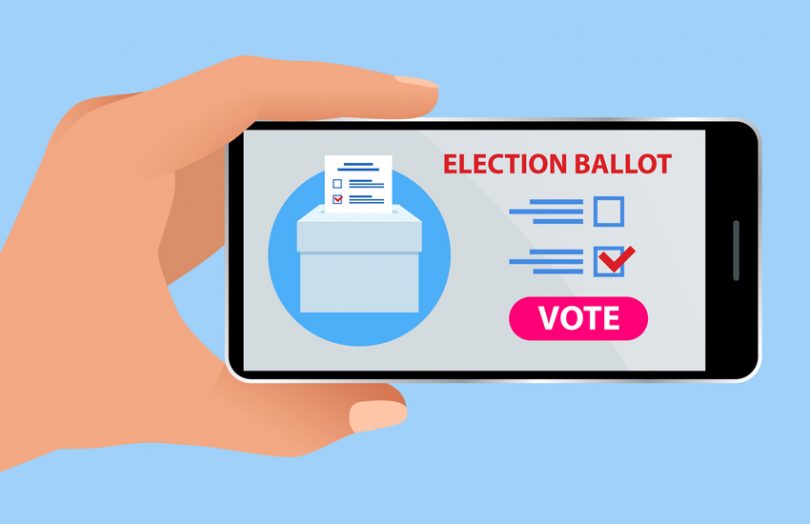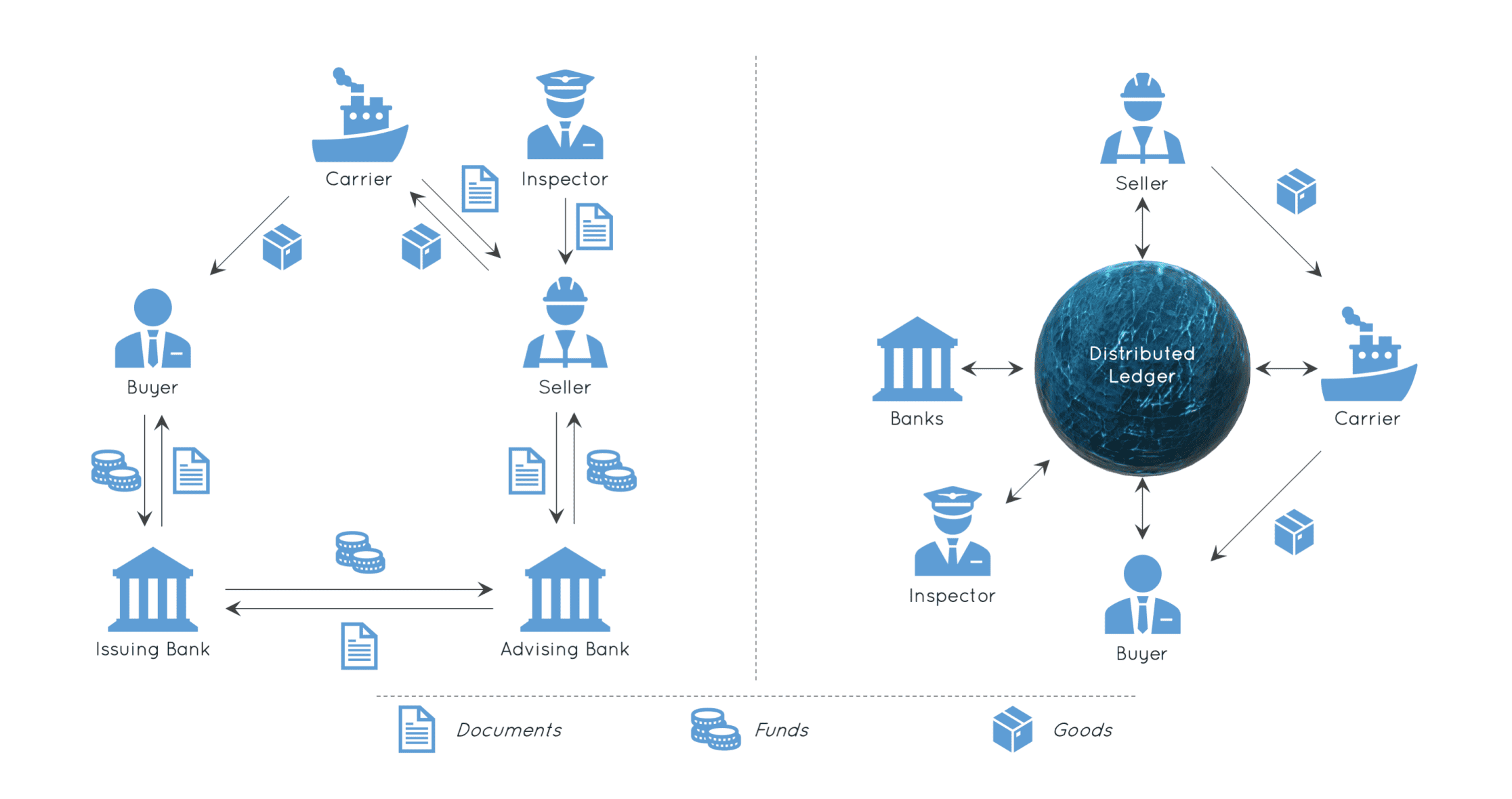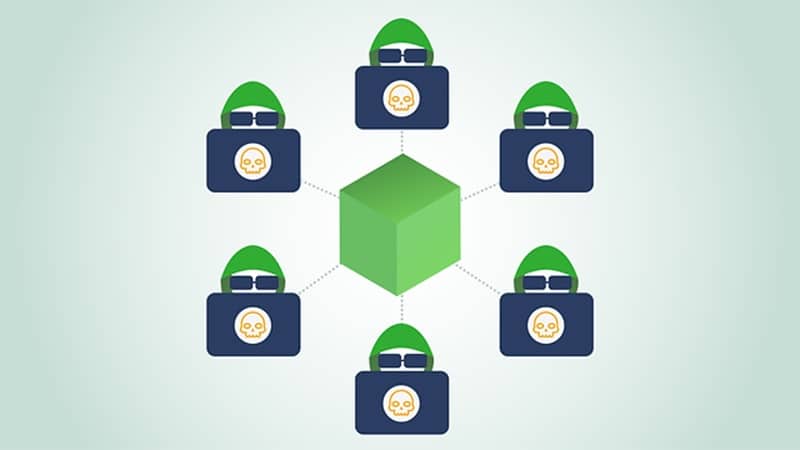Blockchain Ballots: Revolutionizing Voter Fraud Prevention Systems
Here’s a truth that might stun you: voting can be hack-proof. Imagine heading to the polls, casting your vote, and never doubting its safety. That’s where examples of blockchain-based voter fraud prevention systems swoop in, adding layers of armor against any hint of mischief. They’re a shield in our fight for fair play in democracy. In this deep dive, you’ll learn how these systems work, why they’re strong, and how they’ll shape our vote-casting future. From secure tech that checks who you are to private, tamper-proof virtual ballot boxes, we’re on the brink of a vote revolution. Strap in; let’s explore the secure future of free elections.
Understanding Blockchain Voting Solutions
Characteristics of Cryptographic Election Systems
Imagine voting with a secret code that keeps your choice safe. That’s what cryptographic election systems do. They turn your vote into a safe code no one can crack. This keeps elections honest and safe from cheats. And guess what? You can check that your vote counted, without anyone knowing your choice. It’s like magic, but it’s real tech!
These systems make sure only the right people vote. They check who you are before you vote, just like a private club checks your ID at the door. And they keep a count that can’t be changed, because each vote becomes part of a chain that links to the next. Breaking in to change one vote would mean you have to change them all, and that’s just too hard to do.
Implementing Decentralized Voting Mechanisms
Now imagine a voting system spread out everywhere, not just one place. That’s decentralized voting. It’s like a net that catches every vote safely. Each part of the net talks to the other parts. Together, they make sure every vote is counted fast and right.
This system doesn’t have a main boss. Instead, it works like a team, with every player equal. If one player tries to cheat, the others will see it. This keeps the whole game fair. Putting votes on a blockchain is part of this team play. It’s like writing your vote on an unbreakable lock that everyone can see but no one can crack open or change.
Blockchain isn’t just for money stuff. It’s great for voting, too! It helps keep bad guys away from your vote. With blockchain, we build trust in how we choose our leaders. It’s important, because we all want our say to count, and to know that the count is true. This trust is what makes us all winners in the game of voting.
Secure Election Technology and Voter Identity Verification
Digital Ledger Electoral Systems in Practice
Imagine voting from your comfy couch. Yeah, that could be real with blockchain. Blockchain voting is like a super safe digital box where votes can’t be changed once they’re in. This keeps votes safe and makes counting them quick and correct. Here’s how it works.
A country picks a blockchain system for voting. This system checks who you are. Once it knows you, you get a digital vote. This vote is a secret code that only you know. You pick your choice and send the vote through the internet. The blockchain system then locks your vote so no one can change it.
But how can you be sure it works? Think about a game where you stack blocks. If someone adds a block, you see it. If someone takes a block, you see it. Blockchain works the same way. Every vote is a block in a pile. The system checks each block. If all is good, it adds the block to the stack. If something’s fishy, it won’t add it. This means votes can’t be messed with.
Are there real places using this? Yup, some areas have tried it. They’ve used blockchain to handle real votes for real elections. And guess what? It worked well. People were able to vote fast and without worry. The votes were also hard to mess with, which is super important.
Protocols for Enhancing Voter Privacy and Security
Your vote is your secret. No one should know it but you. Blockchain is good at hiding your vote. Here’s the smart part. When you vote, you get a secret code. This code is mixed with tons of other codes. The cool thing is, only your code can open your vote. This means your vote stays secret.
Blockchain also keeps track of who voted. This stops folks from voting more than once. This part is tricky. You have to check who’s voting without spying on their vote. Blockchain does this with math and codes. The result is a secret vote that’s also a fair vote.
We use smart contracts for voting too. Smart contracts are like robot rules that follow steps. If you vote, the contract does its thing. It won’t work if something’s not right. This keeps votes safe and right.
So what’s the big deal about all this? Safe voting means a happy public. When folks trust the voting tech, they’ll likely vote. This means more voices are heard in elections. If we keep making this tech better, we could all be voting on our phones one day, with every vote safe and sound.
Voting is a big deal – it’s how we have our say. And blockchain could be the hero we need to keep it safe. By locking in our votes and keeping our secrets, blockchain brings power to the people. Isn’t that what voting’s all about?
Real-world Impact of Blockchain Electoral Platforms
Case Studies in Blockchain Voting: Successes and Lessons Learned
You might wonder, “Does blockchain make voting better?” And I’d say, yes! Let’s dig into some real-life success stories. Think of West Virginia, where military folks voted via smartphone in the 2018 midterms. This blockchain voting pilot was a big win for secure digital ballot boxes. It meant folks serving overseas could take part in voting without the worry of their ballots getting lost or changed.
In another case, Denver, Colorado, took a leap in the 2019 municipal elections. They opened up the doors for blockchain electoral platforms. Like West Virginia, the focus was on troops abroad. They used their phones to cast votes. All these votes went straight onto a blockchain, where no one could mess with them.
Let me tell you, it wasn’t just about keeping votes safe. It also made things super easy and fast. When it came to counting votes, blockchain voting efficiency shone. Votes were counted and confirmed quicker than you could enjoy your morning coffee!
These demos weren’t perfect, though. We learned a lot. For one, not everyone’s sold on putting their trust in this new tech. Some were scared their votes might not stay secret. They didn’t want people peeking at who they voted for. So, we’ve got to keep working. We must make sure these systems nail privacy every time. That’s how we keep building voter trust in technology.
Blockchain Voting Pilots and Their Outcomes
Peer-to-peer voting systems sound cool, right? Yep, but how well do they work? Just ask Utah County. They also jumped on the blockchain train for their 2019 municipal elections. Again, soldiers and people living overseas got their say securely via their phones. Pods of data zipped through cyberspace, locked tight by cryptography.
This pilot put immutable voting records to the test. It was like carving each vote into digital stone. Can’t change it, can’t delete it. It’s there for good. People started to see how this tech could change the game in preventing ballot tampering.
Now, don’t think that blockchain means throwing out all old voting ways. It fits in with traditional methods, too. In 2020, some U.S. states toyed with the idea during the primaries. They didn’t jump in all the way, but they were dipping their toes. It’s like adding a mega-strong lock to your already tough safe.
It’s not just the U.S. taking a shine to blockchain in democratic process. From Estonia’s longstanding e-voting system to South Korea’s online voting trials, the world’s getting a taste for it. And yes, it’s not just about making things tamper-proof. It’s about making voting so clear, so transparent, that anyone can check it out and say, “Yep, that’s fair.”
But hang on, there’s more! It’s not only about keeping away the fraudsters. We’re changing the whole vibe of voting. Blockchain voting pilots bring a fresh, hip face to elections. They’re making voting something anyone can do from anywhere. No more stuffy polling stations – hello, voting in pajamas from your sofa!
So, these trials are opening doors to a whole new chapter. They’re showing us how we can give more folks a voice. While we’re at it, we’re chopping down chances for shady stuff and mistakes. That’s the real-deal power of blockchain electoral platforms!
The Future of Digital Voting and Security
Innovations in Electronic Voting Technologies
Electronic voting is not new, but it’s getting smarter. Now we have blockchain voting solutions. These high-tech systems are like a digital box for ballots. They lock in votes so no one can change them after the fact. This is called an immutable voting record. It means once your vote is in, it’s set in digital stone.
Imagine voting from your phone and knowing it’s super safe. That’s what these new blockchain systems offer. They use something called cryptographic election systems to seal your vote. It’s like a secret code that’s really hard to break. This keeps your vote private and secure.
But wait, there’s more! Smart contracts for voting are like having an unbeatable rulebook. They make sure everything in the voting process follows the rules. No cheating allowed. And because everything is tracked on a blockchain, you can see that the rules are followed. No need to just trust—now you can verify.
Building Voter Trust in Cryptographically Secure Voting Systems
Getting people to trust technology can be hard. Especially when it’s about something as important as voting. But hear this: cryptographic election systems could change the game. These systems check who you are before you vote to prevent fraud. This is known as voter identity verification. It’s important because we want to make sure everyone’s vote counts just once.
Decentralized voting mechanisms help with trust too. No single group controls the whole system. Instead, it’s like a team game, with many computers working together. This way, messing with the vote is way harder. Think about trying to rig a game where the whole crowd is watching—tough, right? That’s the power of blockchain in the democratic process.
Transparent polling systems let everyone see that the voting is fair. This doesn’t mean they can see who you voted for—your vote is still private. But they can see how votes are counted, step by step. It’s like having a window into the process without being able to touch anything inside.
But can we really believe in electronic voting? Let’s look at the track record. Places have run blockchain voting pilots to test out how well it works. They check things like blockchain voting efficiency and how good these systems are at preventing ballot tampering. The results look good. Voters are happy because it’s easy and they trust that it’s safe.
To sum it up, this is about way more than just new tech. It’s about making sure every vote is counted right, and building a system we can all trust. We’re talking about a future where voting is easier, safer, and open for all to see—without giving away any secrets. That’s a true revolution in digital voting and security.
To wrap things up, we’ve dived deep into the world of blockchain voting. From how these systems work to putting them in action, we’ve seen it all. We looked at securing votes and making sure each voter is who they say they are. Then we saw real examples where this tech has been tested out, taking notes on what worked and what didn’t.
As we gaze ahead, new tech keeps popping up, making digital voting even safer and gaining people’s trust. I’m excited to see how we’ll vote in the future. This could truly change the game in how we all have a say in big decisions. Thanks for reading, and let’s keep our eyes peeled for what comes next in voting!
Q&A :
How do blockchain-based voter fraud prevention systems work?
Blockchain-based voter fraud prevention systems utilize the inherent security features of blockchain technology to secure the voting process. By creating a decentralized and immutable ledger of votes, these systems ensure that once a vote is recorded, it cannot be altered or deleted. The transparency and traceability of blockchain enable real-time verification of votes, significantly reducing the risk of fraud, duplication, or tampering.
What are some examples of blockchain voting systems being used in elections?
ElectionGuard by Microsoft, FollowMyVote and Voatz are some of the examples of blockchain voting systems that have been piloted or used in various capacities. These platforms use encryption and blockchain technology to provide secure and verifiable digital voting options. Estonia’s e-Residency program is another example where blockchain is used to secure electronic voting in national elections.
Can blockchain technology ensure the anonymity and privacy of voters?
Yes, blockchain technology can be designed to protect voter’s anonymity and privacy. While all transactions (or votes) are visible on the blockchain, they can be recorded in such a way that the voter’s identity is not directly tied to their vote. This is achieved through the use of cryptographic techniques, such as zero-knowledge proofs or ring signatures, which can verify the validity of a vote without revealing the voter’s identity.
What challenges do blockchain-based voter fraud prevention systems face?
Blockchain-based voting systems face several challenges, including technological hurdles, regulatory concerns, and user adoption. Technological challenges encompass ensuring scalability and coping with potential cybersecurity threats. Regulatory issues involve compliance with election laws and standards, which can vary widely between jurisdictions. Moreover, user adoption requires voters to be comfortable with and understand the technology, which may also necessitate widespread education and outreach.
How accessible are blockchain-based voting systems for the general public?
Accessibility of blockchain-based voting systems can vary, but developers are working towards making them as user-friendly as possible. These systems aim to enable voters to cast their ballots from any location using their smartphones or computers. However, accessibility challenges must be addressed, including ensuring that all voters have the necessary technology and are digitally literate enough to use the system. Additional provisions may be needed for individuals with disabilities or those without access to reliable internet connections to ensure equitable access to blockchain-based voting.





RELATED POSTS
Unveiling Cryptocurrency’s New Frontier: What is NFT?
What is NFT cryptocurrency? Learn...
Emerging Consensus Mechanisms for Blockchain: The Future of Decentralized Validation
Emerging consensus mechanisms for blockchain....
Public Key vs Private Key Cryptography: Unlocking the Secrets of Digital Security
Understanding the Basics of Public...
Exploring Liquid Staking in Crypto: Unlocking 24/7 Earnings Potential
"Explore liquid staking in the...
Deflationary Currency – How it works and its impact on the Economy
In today’s evolving financial landscape,...
Can Phantom wallet be hacked? The truth you need to know
Phantom Wallet is one of...
Key Challenges in Blockchain Research: Navigating the Uncharted Digital Terrain
Key challenges in blockchain research:...
What is Tokenized Real Estate? – Unlocking Global Investment Opportunities
What Is Tokenized Real Estate?...
Blum Airdrop – A Ready Guide to Earning Tokens
Blum Airdrop is a fantastic...
Greg Maxwell: Influence in the Cryptocurrency world
Greg Maxwell is one of...
Blockchain Brilliance: How Students Can Master Their Data Management
Role of students in managing...
Bitcoin surges to $72,000 ahead of the U.S. elections
Bitcoin has experienced an impressive...
Methods to Prevent Blockchain Attacks: Safeguard Your Digital Fort Knox
Prevent blockchain attacks with fortified...
Solayer Airdrop – Secrets to Maximizing Profits
To maximize profits from the...
Peer-to-Peer Learning Unlocked: Harnessing Blockchain for Collaborative Education
Blockchain's role in peer-to-peer learning:...
Future of Blockchain Technology in 2030 – Prospects and Potential Applications
The future of blockchain technology...